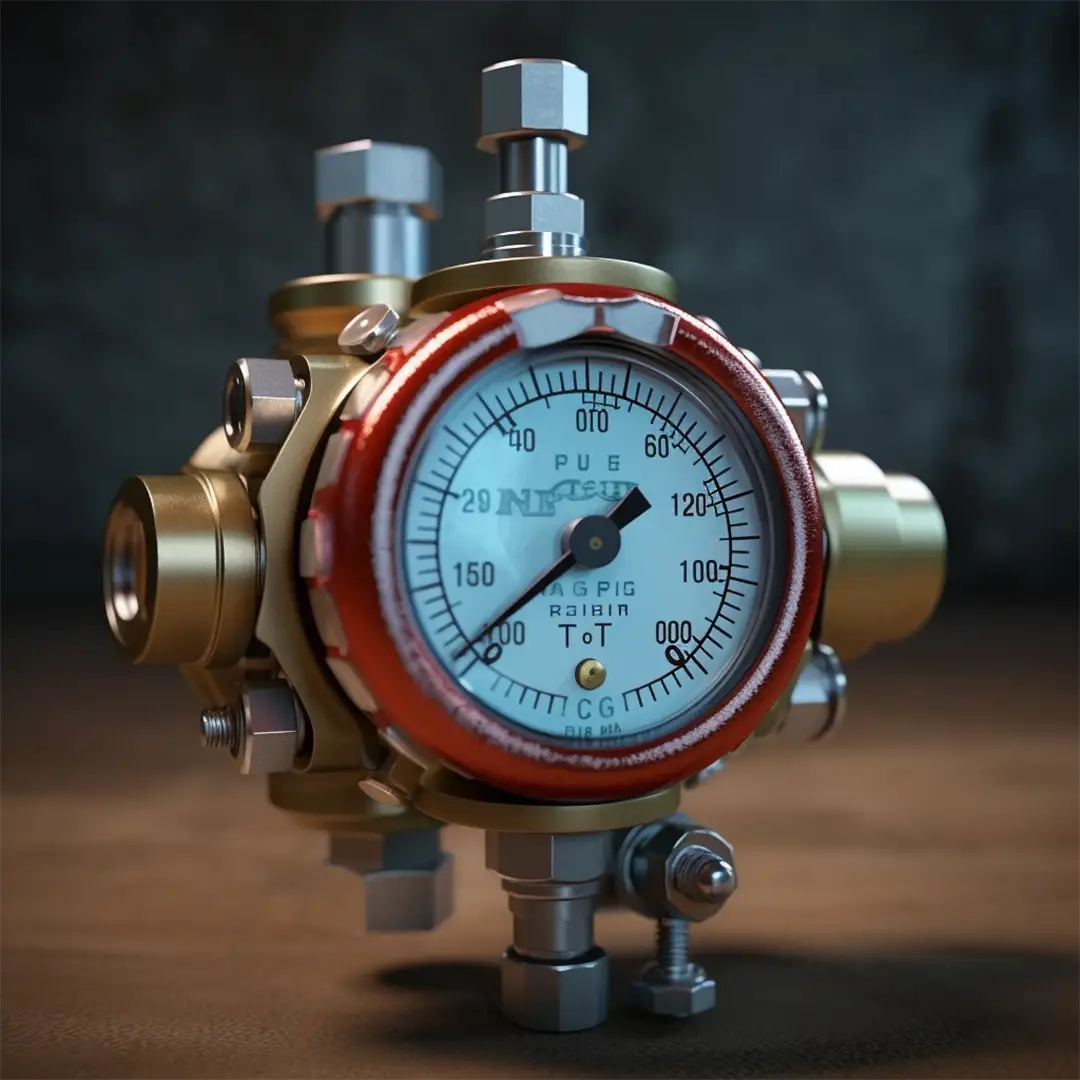Oxygen regulator valve

What is the context and application of the customer?
The oxygen regulator valve is an element placed on oxygen cylinders to reduce and control pressure. In our case, the application is intended for medical use. The operation of the product should not be questioned under any circumstances, as this could compromise the safety and lives of users.
What was the customer's fastening project before coming to see us?
A set of 2 pieces is held together by a pin system. At the start of the project, the Pins used were rectified pins, type ISO8734. The dispersion on the assembly forces was too great with a risk of pins running in the event of low values. The set must withstand strong pressure to avoid any risk of an accident on a person. In case of pin loss, the risk is very high. The supplier who manufactures the part where the pins are assembled proposed to the customer to use fluted pins.

What study did we conduct?
We studied to determine if the original solution was a problem. A side chain was created in order to verify the compatibility between the dimensions of the parts and the function. After study, we realized that the material could never hold the tightening regardless of the state of the grinding, our design office has therefore imagined a channel of support to reduce integration efforts and to respond to the problem of the process. The assembly efforts were too great via automated assembly at the customer, which put the assembly at risk, the reduction in efforts made it possible to maintain the solution:
- A fluted pin requires 500 to 1000 kg of assembly effort;
- A rectified pin requires 1000 to 1500kg of assembly effort.
What recommendation did we make?
We presented a design review that supports our client on 100% of the challenges of fixing their product, which contains:
- A fluted pin design tailored to their needs
- A symmetric pin and a Fluting on both ends promoting the industrialization of the part on the assembly line. (40% less scrap during assembly);
- Mechanical characteristics identical to the original ISO 8734, especially in terms of hardness so that the pin lasts over time.
- A recommendation on the drilling diameter
- Rating chain that makes it possible to determine the characteristics of the home so that the pin fulfils its solidarity function in 100% of cases before marketing authorization, which represented the customer's number 1 challenge
- Adaptation to the various assembly variables with:
- The maximum force value at the press-fit;
- The hardness of the part;
- The level of cleanliness that certifies the absence of hydrocarbons.
What are the quantifiable benefits for our customer?
La LGC co-design allowed our client to:
- 1 less machining step in the design of this technical solution;
- 20% less chips thanks to the elimination of grinding, improving production costs and the carbon footprint of manufacturing;
- THE100% improvement in waste at the customer caused by the problem of fixing the initial solution;
- THEmarketing authorization with more than 100,000 units produced per year since 2017, or 600,000 expansion valves sold.


